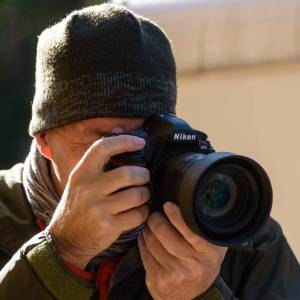To filter or not to filter
A thoroughly grey day after the brighter weather of the last few days. I ended up having a sort out of my clothes (many are a bit big after losing weight last year) and then I inspected my filters to see if any needed replacing. There's a current offer on at Clifton Cameras (until Monday) so a good time to buy.
Here you have, from left to right, a 0.9 Soft neutral density (ND) graduated (grad) filter, a 0.9 Medium ND grad filter, a 0.9 Hard ND grad filter and a 0.9 Reverse ND grad filter. For those unfamiliar with the terminology 0.9 indicates a reduction of light by the equivalent of 3 stops. The different strengths (soft, medium and hard) relate to how quickly the transition from clear to shaded occurs. Typically you might use a hard filter where there is a defined straight horizon (e.g. the sea). I think you may notice that the soft filter has a different (warmer) tone to the others. It is the oldest, made in May 2004. The reverse grad is for periods where the sun is close to the horizon (there are other occasions you might use it as well). in that situation the brightest part of the sky is (obviously) near the sun and the sky above is less bright, hence an attempt on Lee Filters' part to create a filter that gets lighter towards the top. It certainly looks like they are struggling with a smooth transition as banding has occurred. My understanding is these filters are all manually dipped into a solution to create the shading.
I nearly always use filters for my landscape photography. It allows me to capture scenes where the dynamic range of the scene exceeds the abilities of the sensor to capture the highlight and shadow tones in a single exposure. You often read that you can recover these things in post, but I can't agree and for my type of photography, often near sunrise and sunset, the difference in exposure between the ground and the sky often far exceeds the cameras ability to capture the tonal range,

Comments
Sign in or get an account to comment.


